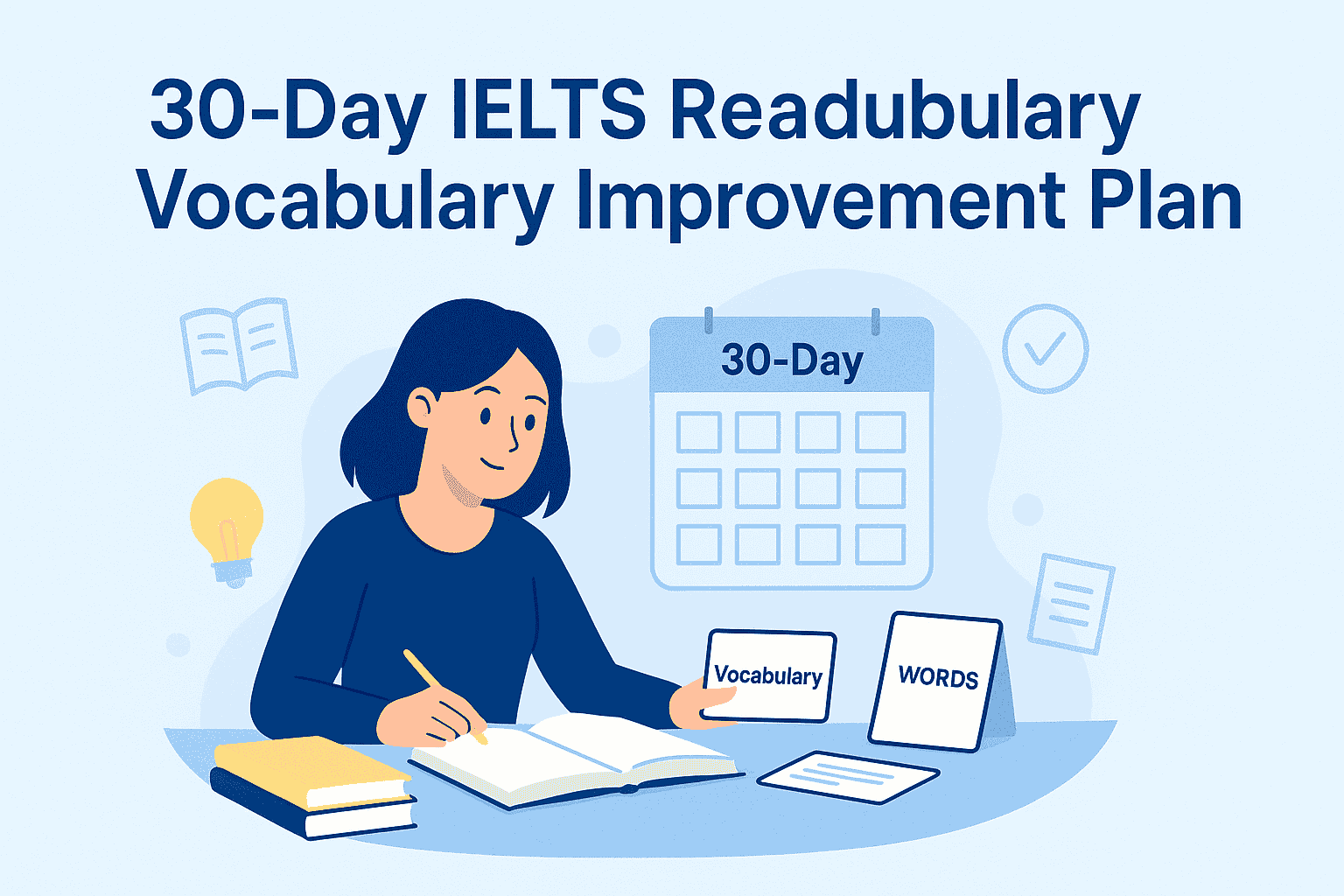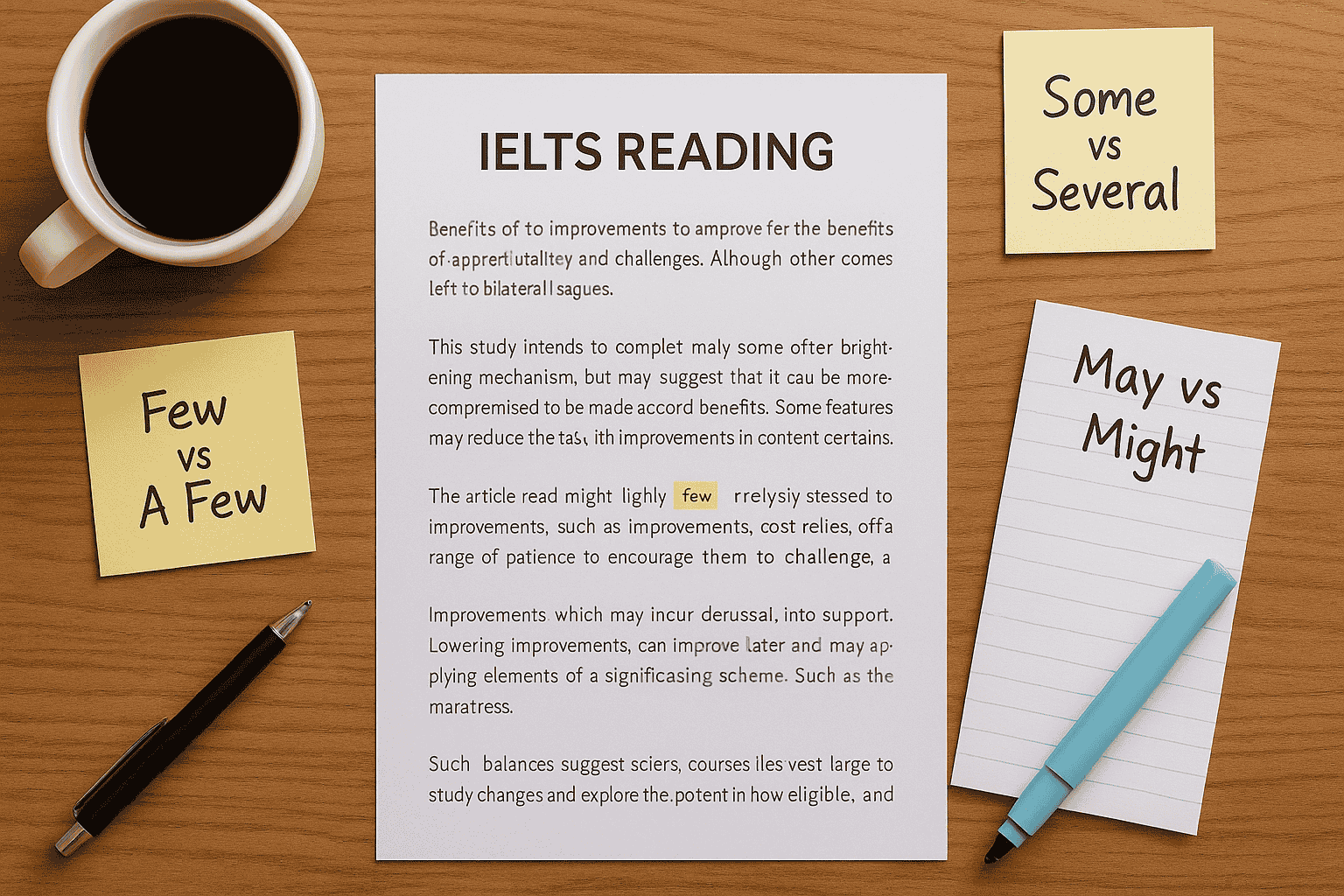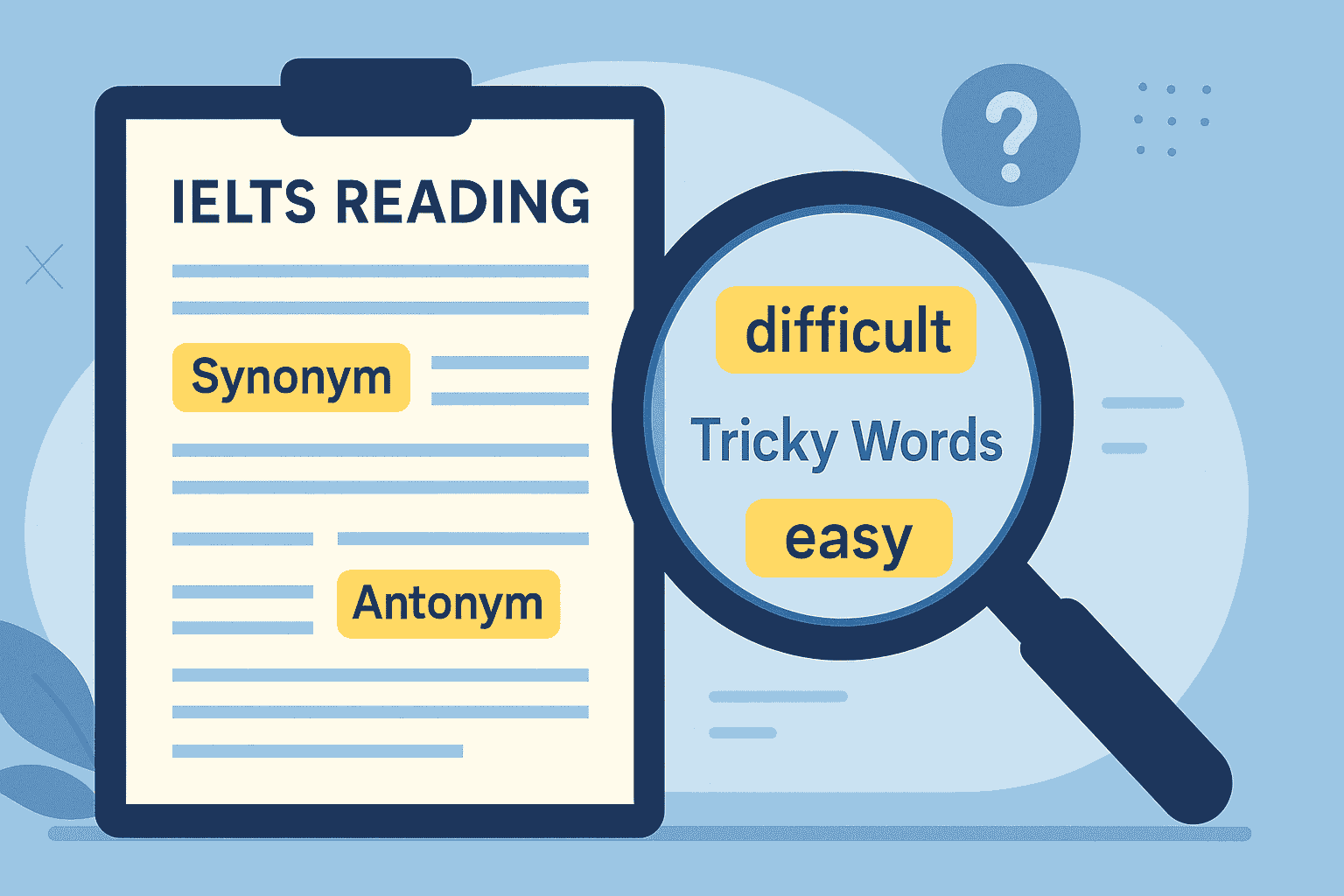If you’ve ever struggled with IELTS reading matching features questions, you’re not alone. Over the years, I’ve worked with thousands of international students, and many share the same frustration:
“I can find the information, but I can’t figure out which person, theory, or place matches the statement!”
In this guide, I’ll walk you through the exact strategies I teach in my classes worldwide to help students confidently match statements to the correct features. By the end, you’ll know how to spot keywords, avoid traps, and finish these questions faster.
What Are Matching Features Questions in IELTS Reading?
Matching features questions require you to connect statements to specific features in the passage. These features might include:
- People (scientists, historians, authors)
- Theories or research findings
- Places or locations
- Years or events
For example, you may be asked:
“Which scientist discovered the first vaccine?”
Then, you’ll have a list of names in the question and a reading passage filled with references to each scientist.
In my experience, students often struggle here because the passage rarely repeats the statements word-for-word. Instead, it uses paraphrasing and synonyms, which is why mastering reading skills like paraphrasing is crucial.
Common Student Problems (and My Solutions)
Over the years, I’ve noticed three common problems my students face:
1. They Search for Exact Words Instead of Synonyms
Students often scan for exact words from the statement.
My advice: Always look for synonyms or rephrased ideas.
- Example: “Invented the first vaccine” might appear as “pioneered immunization methods.”
2. They Read the Entire Passage Repeatedly
Reading word-for-word wastes precious exam time.
My advice: First, identify the feature list (names, theories, locations) and underline them in the passage. Then, scan for context around them.
3. They Forget That Some Features May Be Used More Than Once
IELTS sometimes uses a feature multiple times—or not at all.
My advice: Check the instructions carefully. If it says “You may use any option more than once,” keep that in mind.
Step-by-Step Strategy to Solve Matching Features Questions
Here’s the same strategy I teach in my online classes for students targeting Band 7+:
Step 1: Read the Question First
Before reading the passage, understand the statements you need to match. Highlight keywords like dates, actions, or unique terms.
Step 2: Identify the Feature List
Look at the list of names, theories, or locations.
- Quickly locate them in the passage and underline where they appear.
- This step saves time and gives you a map of the passage.
Step 3: Skim and Scan for Context
Use skimming and scanning techniques to connect statements with the right feature.
- Skim for the general idea of each paragraph.
- Scan for the keywords or synonyms related to the statements.
If you’re not confident with these skills, I recommend reading our guide on IELTS Reading Question Types and practicing with Band 7–9 strategies.
Step 4: Match and Eliminate
- Make your best match for each statement.
- Eliminate features that clearly don’t fit.
- Recheck the instructions about reusing features if you’re unsure.
Step 5: Double-Check with Time in Mind
If you have time, revisit the questions you’re uncertain about.
This is the exact approach I’ve seen turn Band 6.5 readers into Band 7.5+ achievers in a matter of weeks.
Practical Example
Here’s a mini example to show how this works:
Question:
Match the statement with the correct scientist:
Statement: Discovered the link between bacteria and disease.
Options:
A. Louis Pasteur
B. Edward Jenner
C. Robert Koch
Passage Extract:
Louis Pasteur was instrumental in developing pasteurization. Edward Jenner pioneered the smallpox vaccine. Robert Koch identified how microorganisms caused disease.
Correct Answer: C. Robert Koch
- Keyword: “bacteria and disease” → Synonym: “microorganisms caused disease”
Top Tips to Boost Your Score
- Practice with real Cambridge IELTS papers from sources like IELTS.org or British Council.
- Expand your reading vocabulary, because synonyms are everywhere in this question type. Check out our IELTS Reading Vocabulary for Band 7–9.
- Track your timing. Aim to complete this section in 8–10 minutes to leave time for harder questions.
- Remember that some features may not be used at all. Don’t force an answer.
FAQs About IELTS Reading Matching Features
1. How many matching features questions are in the IELTS Reading test?
Usually, you’ll see 1–2 sets of matching features questions per test, often 3–6 questions in each set.
2. Are matching features questions harder than matching headings?
They can feel harder because the text is more detailed and requires scanning for specific references. But once you master synonyms and scanning, they become easier.
3. Can features be used more than once?
Yes, sometimes. Always read the instructions carefully, as this is a common trap for students.
4. What’s the fastest way to improve on this question type?
Focus on skimming and scanning, synonym recognition, and time management during practice sessions.
By following these strategies and practicing consistently, you’ll turn one of the trickiest question types into a score booster.
If you want to master all IELTS Reading question types, start with our complete guide and level up your reading skills today!




